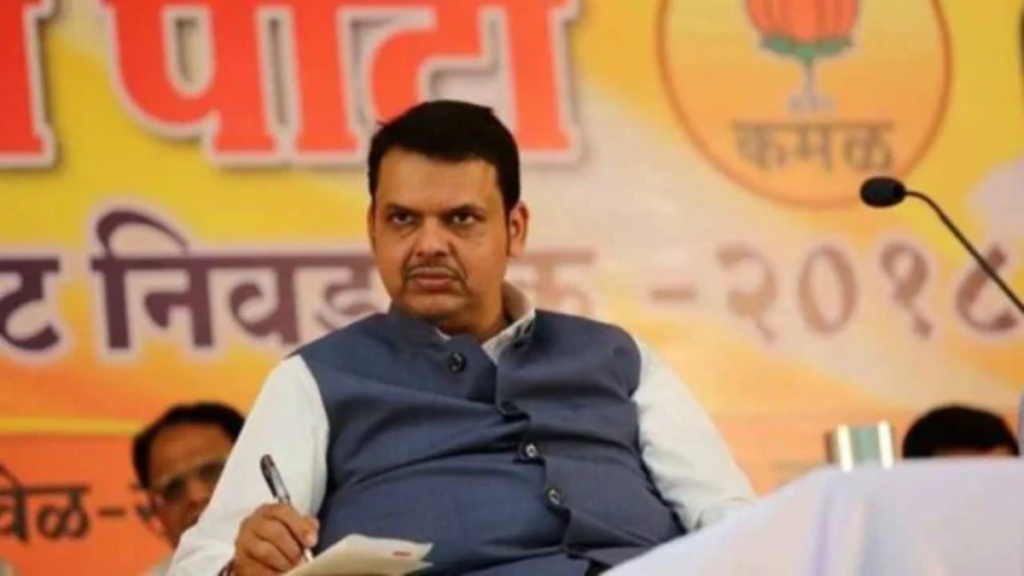The Maharashtra government, following intense political and popular pressure, has withdrawn its order making Hindi a mandatory third language for students in Classes 1 to 5 in Marathi and English-medium schools. The news was announced on April 22, 2025, after a Cabinet meeting during which School Education Minister Dadaji Bhuse said that the three-language formula continues to be in place. Still, Hindi will no longer be compulsory, and schools will have to include other language options if a large number of students demand them.
The initial directive, issued on April 16, faced immediate backlash from various quarters, including political parties, cultural organizations, and the state’s Language Consultation Committee. Critics argued that the move was an imposition of Hindi on non-Hindi-speaking regions and undermined the Marathi language’s prominence in the state. The controversy intensified as it coincided with similar protests in Tamil Nadu against the National Education Policy’s (NEP) three-language formula.
Chief Minister Devendra Fadnavis, who had earlier supported the move, made it clear in the Cabinet meeting that Hindi would be a voluntary subject and not obligatory. He pointed out that Marathi is still the sole compulsory language in the state and that the NEP promotes multilingualism without mandating any specific language.
Language Policy of the Maharashtra Government: Balancing Regional Identity and Multilingualism
The Maharashtra government’s move to adopt the NEP’s three-language formula by making Hindi compulsory raised controversies regarding linguistic diversity and state autonomy. Opposition parties like the Maharashtra Navnirman Sena (MNS), Shiv Sena (UBT), and Congress attacked the decision as an assault on the Marathi language and a move to undermine state autonomy. The Language Consultation Committee too was against the decision, citing that it was not academically warranted and went against students’ psychology.
The controversy emphasized the difficulty of introducing national education policy in states which are linguistically diverse. Even though the NEP supports multilingualism, its application would have to respect regional sensibilities and the significance of safeguarding local languages and cultures.

What Does the Maharashtra Government’s Reversal Mean for Language Policy in India?
The U-turn by the Maharashtra government on the Hindi imposition highlights the imperative of a more sophisticated language policy in India. It questions the manner in which national policies such as the NEP can be reconciled with regional linguistic identities and the role of stakeholder consultation in the implementation of policy.
As India struggles to balance its linguistic diversity, the Maharashtra case reminds us that language policies need to be adaptable and inclusive, accommodating regional languages while fostering national unity.
The government’s decision to make Hindi optional instead of compulsory reflects a commitment to accommodating diverse linguistic preferences and protecting the state’s cultural heritage. It also provides a precedent for other states dealing with the same issue, highlighting the critical role of dialogue and consensus in policymaking.
In sum, the Maharashtra government’s reversal of the Hindi requirement illustrates the intricacies of language policy in a multilingual state. It underscores the necessity of policies that meet national needs and regional identities alike, making education systems inclusive and representative of India’s diverse linguistic fabric.
ALSO READ
Ajit Pawar Backs Bold 3-Language Rule
NCERT Faces Backlash Over Musical Titles for English TextbooksAjit Pawar Backs Bold 3-Language Rule
https://www.ndtv.com/india-news/5-tourists-injured-in-attack-by-terrorists-in-j-ks-pahalgam-8226458